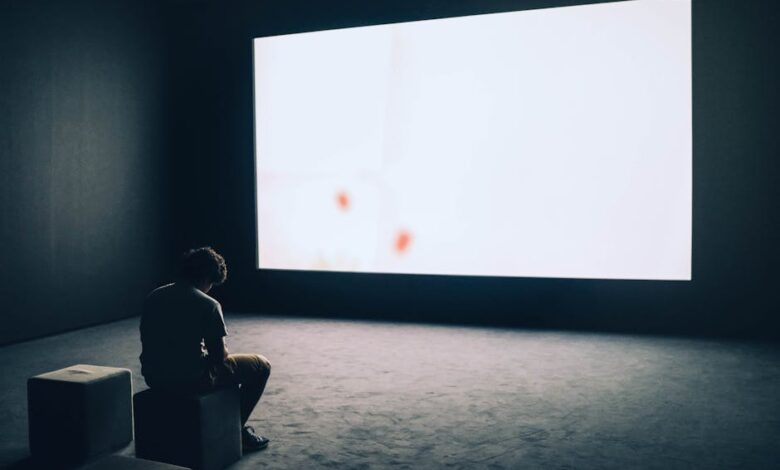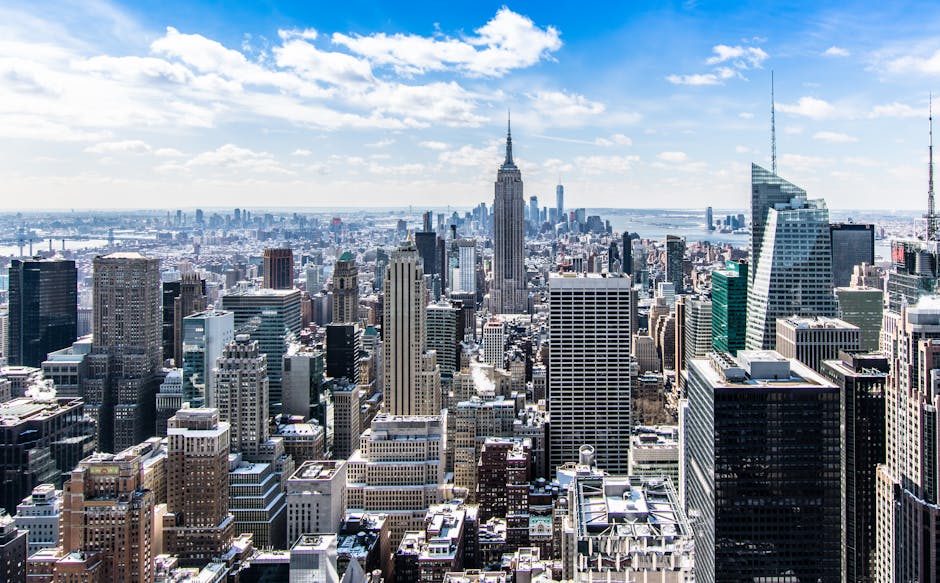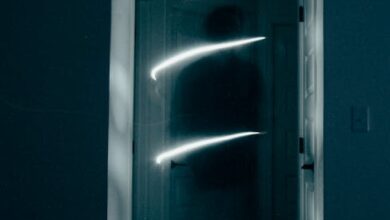Best Free Projection Mapping Software

So, you want to dive into the amazing world of projection mapping but don’t want to break the bank on software? Awesome! Projection mapping, also known as video mapping, turns ordinary objects into dynamic displays using light and visuals. It’s like magic, but with computers and projectors! Finding the right software can feel overwhelming, especially when you’re watching your budget. Don’t worry, I’ve got you covered. As someone who’s experimented with various projection mapping techniques and tools for small events, art installations, and even just fun home projects, I’ve put together a list of the best free projection mapping software options to get you started.

Why Use Free Projection Mapping Software?
You might be wondering, “Is free software any good?” Absolutely! Free software is a fantastic way to learn the ropes, experiment with different techniques, and see if projection mapping is truly something you want to invest in. It’s perfect for hobbyists, students, and anyone just starting out. Think of it as a risk-free way to explore your creativity. Many free options offer surprisingly powerful features, allowing you to create impressive projects without spending a dime.
Top Free Projection Mapping Software
Alright, let’s get to the good stuff! Here are some of the best free projection mapping software programs available. I’ve focused on programs that are genuinely free (not just trials or limited demos) and relatively easy to learn.
HeavyM Free
HeavyM is known for its user-friendly interface and real-time capabilities. The free version, while limited compared to the paid version, is still incredibly powerful for basic projection mapping projects. You can import your own videos and images, create shapes and masks directly within the software, and easily map them onto your chosen surface. It’s great for beginners because of its visual workflow.
MapMap
MapMap is another great option, particularly praised for its simplicity. This software focuses on the core aspects of projection mapping, making it less overwhelming for newcomers. You can import your visuals, define the geometry of your projection surface, and then map the content accordingly. MapMap is especially useful for architectural projection mapping, where you’re projecting onto buildings or other large structures. While it might lack some of the advanced features of other programs, its ease of use is a major plus.
Blender (with some setup)
Okay, Blender is a full-fledged 3D creation suite, which might sound intimidating. However, it’s also a surprisingly capable projection mapping tool, especially when combined with specific add-ons or techniques. The learning curve is steeper than with HeavyM or MapMap, but the possibilities are virtually limitless. Blender allows you to create complex 3D models to project onto, as well as manipulate your visuals in incredible ways. There are tons of free tutorials online specifically for using Blender for projection mapping. If you’re willing to invest the time in learning it, Blender is a powerful and versatile option. It’s also completely free and open-source, which is a huge benefit.
Resolume Avenue (Demo – Watermarked)
While not technically free *forever*, Resolume Avenue offers a fully functional demo version. The catch? It has a watermark. However, it’s a fantastic way to test out a professional-grade projection mapping software and see what advanced features are available. If you’re serious about projection mapping and want to eventually upgrade to paid software, trying out Resolume’s demo is a smart move. It’ll give you a good feel for what’s possible and help you decide if the upgrade is worth it for you.
Tips for Getting Started with Free Projection Mapping Software
Okay, you’ve chosen your software. Now what? Here are a few tips to help you get started and make the most of your free projection mapping experience:
- Start Simple: Don’t try to create the most elaborate project right away. Begin with basic shapes and simple animations. Get comfortable with the software’s interface and how it handles mapping.
- Watch Tutorials: YouTube is your best friend! Search for tutorials specific to the software you’re using and the type of project you want to create. There are tons of talented artists and educators who share their knowledge for free.
- Experiment: Don’t be afraid to try new things! Play around with different settings, textures, and effects. The best way to learn is by doing.
- Optimize Your Content: Create your visuals at the correct resolution for your projector and surface. This will help ensure that your projections look sharp and clear.
- Consider Your Projector: The quality of your projector will greatly impact the final result. While you can use a basic projector to get started, consider investing in a brighter, higher-resolution projector as you progress.
Safety First!
Before you dive in, let’s talk about safety. Projection mapping involves electricity and potentially working in dark environments, so it’s important to take precautions:
- Secure Your Projector: Make sure your projector is stable and won’t fall. Use a sturdy tripod or mount.
- Manage Cables: Keep cables organized and out of the way to prevent tripping hazards. Use cable ties or tape to secure them.
- Be Mindful of Heat: Projectors can get hot, so make sure they have adequate ventilation. Don’t block the vents.
- Work in a Safe Environment: If you’re working outdoors, be aware of weather conditions and potential hazards.
Benefits of Learning Projection Mapping
Besides being incredibly cool, learning projection mapping offers several benefits:
- Boost Your Creativity: Projection mapping is a fantastic outlet for artistic expression. It allows you to transform ordinary objects into stunning works of art.
- Develop Technical Skills: You’ll learn valuable skills in video editing, 3D modeling, and software manipulation.
- Enhance Your Portfolio: Projection mapping projects can be a great addition to your portfolio, showcasing your creativity and technical abilities.
- Open Up Career Opportunities: The demand for projection mapping artists is growing in various industries, including entertainment, advertising, and architecture.
Concerns About Free Software
While free software is great, it’s important to be aware of potential limitations:
- Limited Features: Free versions often have fewer features than paid versions. You might not have access to advanced tools or effects.
- Watermarks: Some free software adds watermarks to your projections, which can be distracting.
- Limited Support: Free software may not come with dedicated support. You’ll need to rely on online forums and tutorials for help.
- Compatibility Issues: Older or less actively developed free software might have compatibility issues with newer operating systems or hardware.
FAQ About Free Projection Mapping Software
What are the basic hardware requirements for projection mapping?
You’ll need a computer (desktop or laptop), a projector, and a surface to project onto. The computer should have a decent graphics card and enough RAM to handle video editing and processing. The projector’s brightness and resolution will impact the quality of your projections. A plain white wall or surface is ideal to start with.
Can I use any projector for projection mapping?
While you can technically use any projector, a brighter projector with higher resolution will produce better results, especially in environments with ambient light. Look for projectors with at least 3000 lumens and a resolution of 1080p or higher for optimal clarity.
Is projection mapping difficult to learn?
The difficulty level depends on the complexity of your projects. Basic projection mapping is relatively easy to learn, especially with user-friendly software. However, mastering advanced techniques and creating intricate designs requires more time and effort.
What type of content works best for projection mapping?
Anything can work! Experiment with videos, images, animations, and even interactive elements. Consider the shape and texture of your projection surface when choosing content. Simple, abstract visuals often work well for architectural projections, while more complex narratives can be used for theatrical performances.
Can I use projection mapping for live events?
Absolutely! Projection mapping is frequently used for concerts, festivals, and other live events to create immersive and visually stunning experiences. However, live events require more careful planning and execution, as you need to synchronize the projections with the music and performers.
In conclusion, diving into projection mapping doesn’t require a huge investment. These free software options offer a fantastic starting point for exploring this exciting art form. Remember to start simple, experiment often, and prioritize safety. With a little practice and creativity, you’ll be creating amazing projection mapping projects in no time. Good luck, and have fun!



